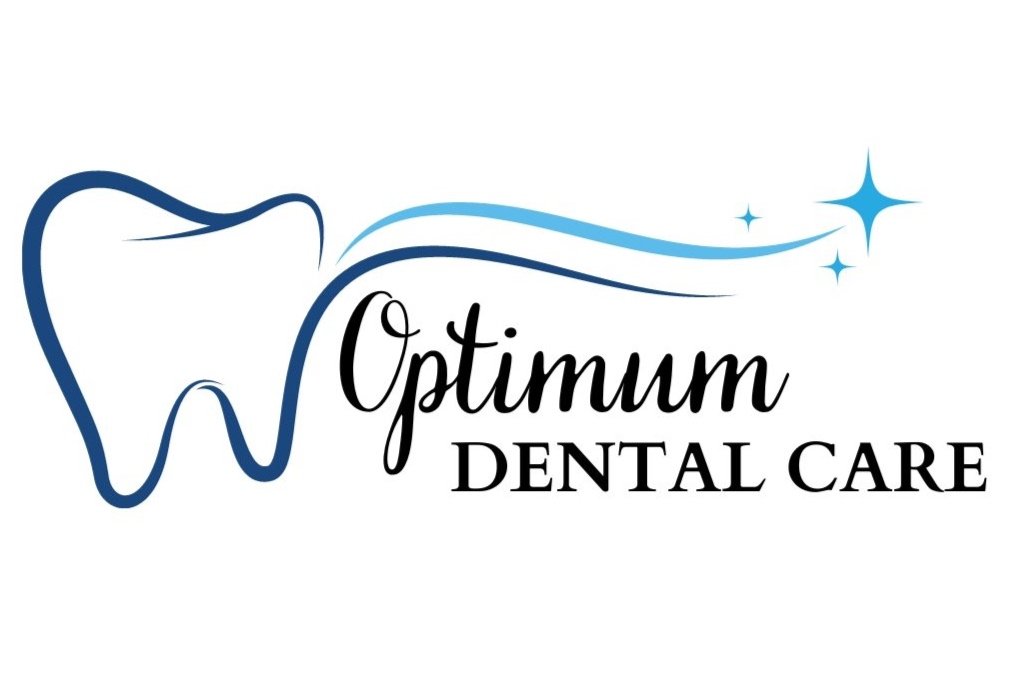Orthodontics
Question: What is orthodontics and how important are braces to a child’s development.
Answer: Orthodontics is the branch of dentistry that specializes in the diagnosis, prevention and treatment of dental and facial irregularities. Braces are appliances or devices used to make these corrections.
Braces use steady, gentle pressure over time to move teeth into their proper position. The two main components of braces are the bracket and the arch wire. The bracket is the metal or ceramic placed on each tooth, the arch wire threads through the brackets and at each visit to the orthodontist the wire is bent and as the wire tries to return to its original shape it moves the teeth. At each visit the orthodontist evaluates the teeth and bend the wire in a specific way to achieve the tooth movement that is desired.
Rubber bands and elastics contribute a lot to straighter teeth. Attached to the braces, elastics exert the force that creates the right amount of pressure to move teeth in directions that the braces alone cannot.
Signs that a child might need to see the orthodontist
1. early or late loss of baby teeth
2. difficulty chewing or biting
3. crowding, malpositioned, or blocked out teeth
4. jaws that shift or make sounds
5. biting the cheek or roof of the mouth
6. teeth that do not meet at all
7. jaws and teeth that are out of proportion to the rest of the face
8. finger sucking or pacifier habits continued beyond the age of six.
The American Association of Orthodontists recommends an initial consultation no later than age 7. A child can see the orthodontist at an earlier age if any of the previously stated problems exist especially for finger sucking or tongue thrusting, these conditions can be treated by certain appliances that can be custom made for the child. Early treatment can eliminate the need for more drastic and complicated treatment in the future, including avoiding the need for corrective surgery in some cases.
Benefits of early treatment
1. guide incoming teeth into optimal positions
2. regulate the width of the jaws
3. lower the risk of trauma to prominent front teeth
4. correct harmful sucking habits
5. reduce the likelihood of teeth becoming stuck or impacted under the gums
6. preserve or gain space for arriving permanent teeth
7. guide the growth of the young jaw bones creating a better environment for those new emerging permanent teeth.
Today’s braces are generally less noticeable than those of the past. The brackets can be metal, clear or tooth colored making them almost invisible from a distance. In some cases, brackets can be placed on the back of the teeth ( lingual braces). Modern wires are also less noticeable than their predecessors and are made of “ space age “ materials that exert a steady gentle pressure on the teeth, making the tooth- moving process faster and more comfortable for patients.
Invisalign is a technique that straightens teeth without using brackets and wires. A series of 3-D computer generated ”invisible aligners” are used to move the teeth into their proper position. This technique can only treat cases that require small movements and is usually used with a mature teenager or adult because patient compliance to wear the removable aligners is very important.
Recommendation:
Early intervention by an orthodontist can prevent more complicated dental treatment in later years. By allowing children the opportunity to have a great and beautiful smile can affect their future in a positive way. Children are very concerned about their appearance and it is an acceptable rite of passage to get braces in order to have a great smile. In some communities having braces is a status symbol indicating intelligence and wealth.
Age is not a factor for getting braces, if the bone and gum tissue around the teeth are healthy anybody can have orthodontic treatment. More and more adults are seeking orthodontic treatment, currently 20 % of all orthodontic patients are adults.
Basically everybody can benefit from a nicer, brighter smile.
